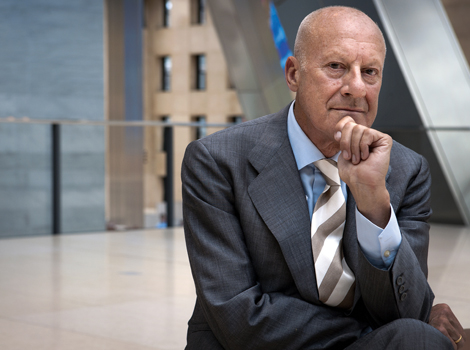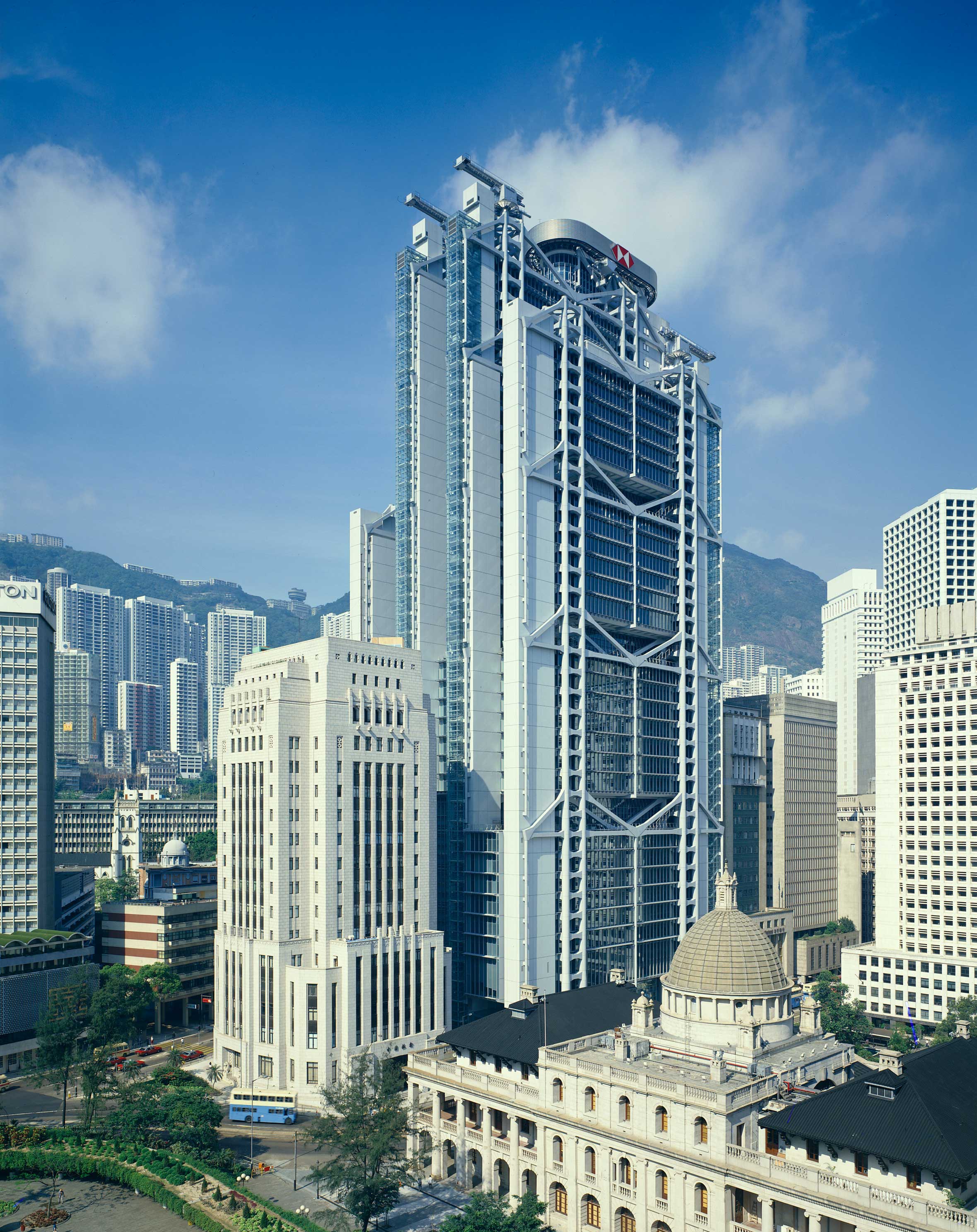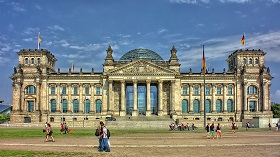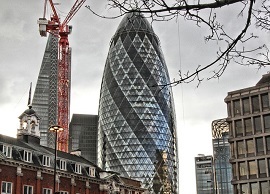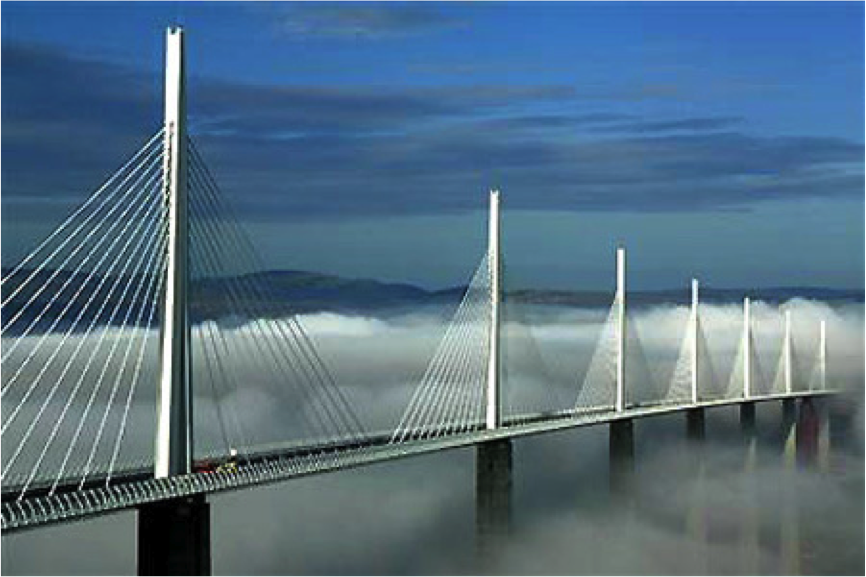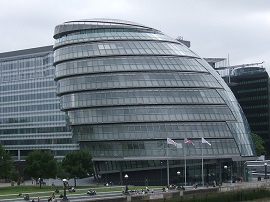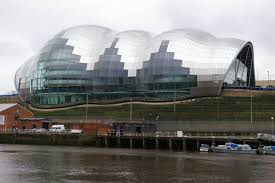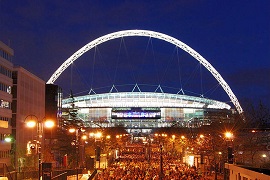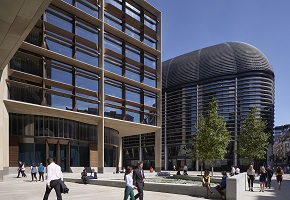Norman Foster
Sir Norman Foster is a British architect famous for prolific and innovative high-tech designs. He is one of the world’s most celebrated architects, having received the 1983 Royal Gold Medal for Architecture and the 1999 Pritzker Prize. His firm Foster + Partners is one of the most high profile in the world, regularly winning commissions for prestigious global projects.
Foster was born in Manchester, England, in 1935. Having left school at 16, he worked in engineering as part of the Royal Air Force before studying architecture at the University of Manchester. His aptitude for drafting won him a scholarship to Yale’s School of Architecture, where he received a Master’s in 1962.
While at Yale, Foster became friends with Richard Rogers and, together with Su Rogers, Wendy Cheesman and Georgina Wolton, they formed the architectural practice Team 4.
Photo Credit: 'Hong Kong and Shanghai Bank Headquarters' by Foster + Partners
In 1967, Foster left Team 4 to establish Foster Associates, the precursor to what would become Foster + Partners. He also began a long period of collaboration with iconic architect Buckminster Fuller, which continued until Fuller’s death in 1983.
Foster’s big break came with his design for the Willis Faber & Dumas headquarters in Ipswich. The low-rise office building included several innovative features, such as; escalators, contoured facades, nature-oriented interiors, and open-plan offices.
One of the first major public buildings designed by Foster was the Sainsbury Centre for Visual Arts in Norwich, completed in 1978.
During the late-1970s and early-1980s, Foster and his team worked on the HSBC Main Building in Hong Kong (see image above), which would become one of his most recognisable projects. In 1990, Foster’s design for the Terminal Building at London Stansted Airport was awarded the European Union Prize for Contemporary Architecture/Mies van der Rohe Award. In the late-90s, Foster won a design competition for the Reichstag building in Berlin, which included an iconic glass-domed observation platform.
Foster completed perhaps his most famous building in 2003 - St. Mary the Axe, more popularly known as The Gherkin, which won the RIBA Stirling Prize.
Around the same time, Foster contributed to New York’s iconic skyline with the Hearst Tower, a 44-storey skyscraper with an Art Deco foundation topped by a triangulated façade.
In 2000, the Millennium Bridge over London’s River Thames was completed, although it would be closed for a further two years to correct an unexpected motion for which it was dubbed the ‘wobbly bridge’.
In 2004, Foster collaborated with the engineer Michael Virlogeux to create the Millau Viaduct, the tallest bridge in the world. His central input was to present a modified version of Virlogeux’s original design which had been dismissed by local authorities as unfeasible.
Other notable projects include:
- Torre de Collserola, Barcelona (1991).
- Commerzbank Tower, Frankfurt (1997).
- Hong Kong International Airport (1998).
- Imperial War Museum, Duxford (1998) - winner of RIBA Stirling Prize.
- Redevelopment of the Great Court, British Museum, London (1999).
- City Hall, London (2000).
- Sage Gateshead (2004).
- Wembley Stadium (2007).
- Bloomberg HQ, London (2018) - winner of RIBA Stirling Prize.
[edit] Related articles on Designing Buildings Wiki
Featured articles and news
Infrastructure that connect the physical and digital domains.
Harnessing robotics and AI in challenging environments
The key to nuclear decommissioning and fusion engineering.
BSRIA announces Lisa Ashworth as new CEO
Tasked with furthering BSRIA’s impressive growth ambitions.
Public buildings get half a million energy efficiency boost
£557 million to switch to cleaner heating and save on energy.
CIOB launches pre-election manifesto
Outlining potential future policies for the next government.
Grenfell Tower Inquiry announcement
Phase 2 hearings come to a close and the final report due in September.
Progress from Parts L, F and O: A whitepaper, one year on.
A replicated study to understand the opinion of practitioners.
ECA announces new president 2024
Electrical engineer and business leader Stuart Smith.
A distinct type of countryside that should be celebrated.
Should Part O be extended to existing buildings?
EAC brands heatwave adaptation a missed opportunity.
Definition of Statutory in workplace and facilities management
Established by IWFM, BESA, CIBSE and BSRIA.
Tackling the transition from traditional heating systems
59% lack the necessary information and confidence to switch.
The general election and the construction industry
As PM, Rishi Sunak announces July 4 date for an election.
Eco apprenticeships continue help grow green workforce
A year after being recognised at the King's coronation.
Permitted development rights for agricultural buildings
The changes coming into effect as of May 21, 2024.







